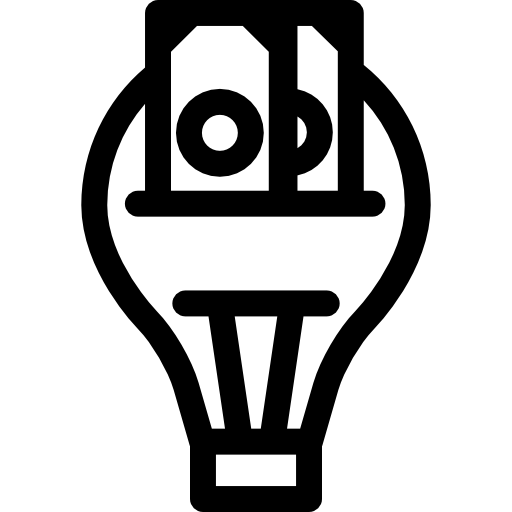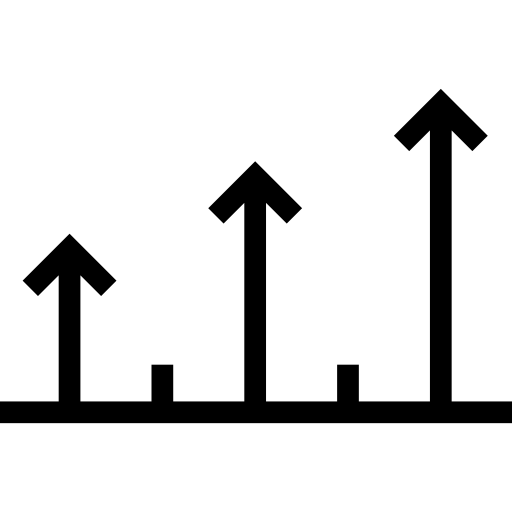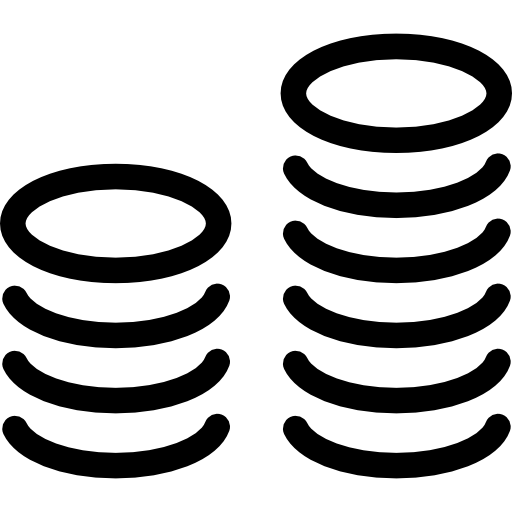
Starting date : Jan. 2018 > Jan. 2022
Lifetime: 48 months

Program in support : H2020-CS2-CPW04-2016-01 Clean Sky

Status project : in progress

CEA-Leti's contact :
Sebastien Carcouët
Laurent Garnier
Bernard Strée

Project Coordinator: CEA-Liten (FR)
Partners: - AT: TTTech
- DE: Friedrich-Alexander Univerisity
- FR: Arkema, CEA-Leti, CEA-Liten, Thales

Target market: n/a

Publications:

Investment: € 5.3 m.
EC Contribution: € 4.9 m.
| Stakes
The original project program was to develop an isolated bidirectional charger that couples the LV battery and LVDC bus. unidirectional isolated converter that couples the LV battery and LV bus with the aircraft’s 3-phase AC main supply. This AC/DC converter is called the LV converter.
Work achieved In the main, 2018 was used to define the system architecture with CEA-Leti’s contribution being the final choice. In parallel, CEA-Leti drafted the specification for the LV converter specification, which was delivered in December 2018. Its architecture, shown in Figure 3, is based on a 2-stage topology. In 2019, CEA-Leti designed the LV converter’s first RUN for first mock-up early in 2020.
This included: • A theoretical study to define the right topology • design and the fabrication of the LV converter • First tests of the converter to provide inputs for the second RUN leading to the prototype.
The combined challenges facing European aviation due to continuous traffic growth, rising fuel costs, stricter emission and noise targets set by the FlightPath 2050 goals and ever greater global competition require development of new breakthrough technologies. The specific challenge of building more efficient, cost effective green aircraft by the year 2050 highlights the need for breakthrough innovations to support the transition from existing fuel-based energy sources, including hydraulic and pneumatic, to electrification, while increasing availability, reliability and maintainability. However, despite the stakeholders’ strong desire to build the electrical plane, the community remains conscious of the major electrical aviation challenges, specifically: • Energy storage capacity. The increase in power consumption due to expanding airline customer needs has resulted in a major problem: current equipment systems that supply, generate, distribute, transmit and consume power result in inefficient use of on-board power • Weight reduction. Electrical energy technologies are often heavier than conventional solutions, which perpetualized weight reduction in this sector • Safety level. Reliability and safety levels are very high in aeronautics compared with other sectors. Safety is a dominant criterion in choosing a technical solution and this makes reliability and safety two fundamental research issues.
IMPACT
The aim of the NENUFAR project was to optimize battery system architecture in terms of performance and safety for the next generation of aircraft using Li-Ion batteries. This was achieved thanks to close cooperation with TAES spanning specifications to final prototype through ensuring key choices such as overall electrical architecture, battery technology and converter topology. On the CEA-Leti side, the converter allows us to merge the battery charger and the LV bus power supply into a single converter. This has a major impact on the power density of the complete system. .
|
|